Significant attention has been given to mitigating the risk of African swine fever virus (ASFV) transmission in feedstuffs. Effective feed biosecurity includes layers and multiple steps, protecting pigs from many disease challenges beyond ASF including classical swine fever (CSF) and pseudorabies virus (PRV). In a recently published study funded by the Swine Health Information Center (SHIC), researchers’ work to determine the stability of CSF and PRV in feed ingredients under transpacific shipping conditions was detailed and underscores the need for vigilant feed biosecurity processes. Understanding the risk and mitigation of foreign animal diseases such as ASFV, CSFV and PRV in feed and feed ingredients is critical to protecting the health of the US swine herd.
The focus of this study was to 1) identify animal feed ingredients which support survival of CSFV and PRV exposed to transpacific shipment conditions, 2) improve the half-life calculations of ASFV in feed ingredients exposed to transatlantic shipment conditions, and 3) investigate antiviral chemical mitigants as a tool for reducing the risk of introduction and transmission of CSFV, ASFV and PRV in feed and feed ingredients.
In the first step of this mitigation study, animal feed ingredients were contaminated with CSFV or Chinese PRV and subjected to varying temperature and humidity conditions to simulate transpacific shipment over a 37-day period. Feed ingredients were then tested for virus at the conclusion of the model by PCR, VI, ± pig bioassay. Second, ASFV was quantified in animal feed ingredients at several time points throughout a 30-day model simulating transatlantic shipment. Improved ASFV half-life estimates in feed ingredients were calculated to include both standard error and 95% confidence intervals. Third, antiviral chemical mitigants were tested for efficacy against foreign animal diseases in 1) in vitro cell culture models and 2) transboundary shipping models. Overall, this research has improved the ability to quantify risk of CSFV and PRV in feed, implement science-based storage times for ASFV in feed, and identify effective feed additives for risk mitigation of foreign animal diseases through feed.
Results confirmed that ASFV Georgia 07 is capable of surviving transoceanic shipment conditions in conventional soybean meal, organic soybean meal, soy oil cake, choline, pet foods, pork sausage casings, and complete feed. These transoceanic conditions have RH values that fluctuate between 20 and 100%, and temperatures between 32 and 78 degrees F. The half-lives of ASFV in all feed ingredients range between 9.6 and 14.2 days with 12.2 days being the average. Implementing storage times for feed ingredients will help reduce the transmission risk. Researchers also determined that both CSFV and PRV survive in feed ingredients subjected to a 37-day transoceanic shipment. PRV is more stable (similar to ASFV) whereas CSFV is less stable. Researchers are currently evaluating antiviral chemical mitigants that could be used as feed additives to reduce the risk of ASFV transmission in feed.
On February 5, 2020, the Swine Health Information Center (SHIC) joined with other pork industry organizations to release the most current feed holding time recommendations for disease mitigation.
Other methods for avoiding contamination via feed include sourcing components from areas of the world, including the US, that don’t have ASF, CSF, or PRV. Feed additives can be incorporated directly to feed when milling, however, those additives need to be labeled specifically for viral mitigation. To assist when procuring feed components, questions to ask feed suppliers are available on the SHIC website. Feed mitigation is a long-term issue and it deserves long-term planning.
Funded by America’s pork producers to protect and enhance the health of the US swine herd, SHIC focuses its efforts on prevention, preparedness, and response. As a conduit of information and research, SHIC encourages sharing of its publications and research for the benefit of swine health. Forward, reprint, and quote SHIC material freely. For more information, visit https://www.swinehealth.org or contact Dr. Paul Sundberg at [email protected].
Copyright 2024 | Swinehealth.org | Website by Heartland Marketing Group